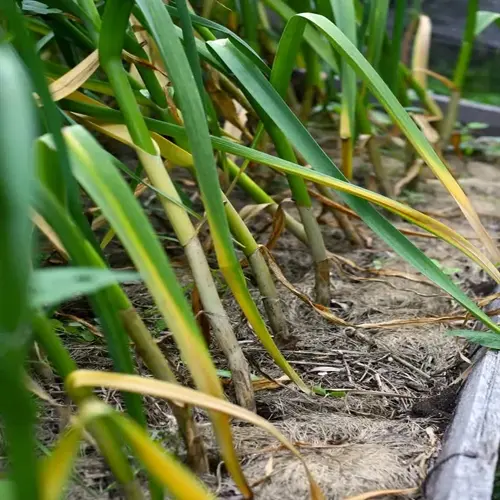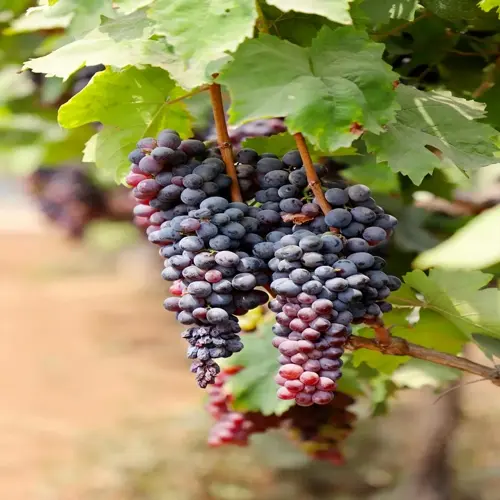Should onions be washed after harvesting?

Written by
Liu Xiaohui
Reviewed by
Prof. Charles Hartman, Ph.D.After harvest, water washing onions is the onset of disaster, as I learned the hard way when mold destroyed my first crop. Moisture can get trapped between the layers of dried onion skins, providing the dark mold and bacteria with just what they need to thrive. Properly curing them prevents this from happening without the need to wash them with water.
Mold Development
- Trapped water between layers breeds Aspergillus niger fungus causing black mold. This spreads in storage ruining entire batches. I've seen it destroy crops in humid climates.
Bacterial Soft Rot
- Moisture activates Erwinia bacteria creating mushy decay. Washed onions develop soft spots within days. These bulbs liquefy faster than unwashed ones losing texture and flavor.
Skin Barrier Damage
- Water dissolves protective waxy coatings on papery skins. This accelerates dehydration causing shriveling. I measure weight loss: washed onions lose 30% more mass in storage.
Dry brushing works safely. Use soft brushes to remove loose soil while supporting bulbs. I do this before curing on mesh racks. Gentle strokes preserve protective skin without moisture risks.
Curing conditions prevent the need for cleaning. Proper airflow at 75-90°F allows soil to dry naturally. I arrange bulbs with space between them. After two weeks, the soil brushes off easily without the need for water.
Pre-Harvest Preparation
- Stop watering 10 days before harvest. Let soil dry completely around bulbs. Dry earth crumbles off easily without cleaning.
Post-Curing Brushing
- Remove soil after curing completes. Use vegetable brushes with soft bristles. Work over newspaper catching debris.
Muddy conditions necessitate special care. If heavy rain falls before harvest, carefully lift harvested bulbs. Dry them upside down well before dry brushing. I have preserved crops this way without washing.
Read the full article: 7 Essential Signs for When to Harvest Onions

